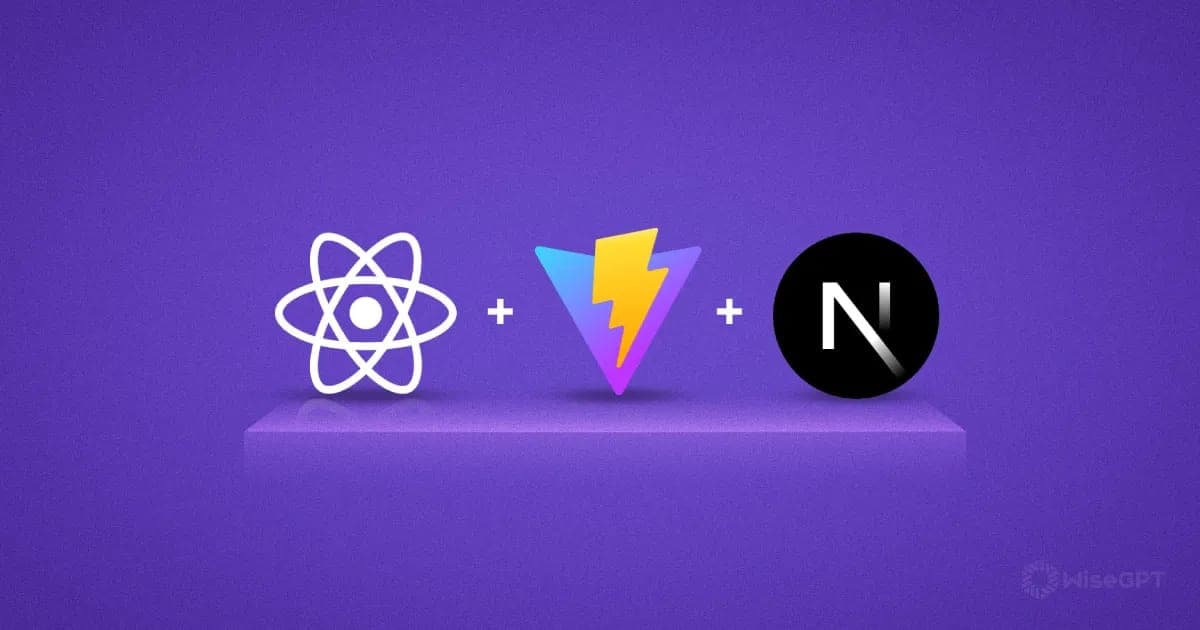Introduction
In the fast-paced world of web development, choosing the right framework can make a huge difference. While React excels at building interactive UIs and Vite is known for ultra-fast development builds, Next.js combines the best of both worlds with performance, scalability, and SEO-friendly features.
💡 Tip: Next.js is often called the “React framework for production” because it takes React to the next level with built-in tools for real-world applications.
1. Server-Side Rendering (SSR) and Static Site Generation (SSG)
Next.js excels with SSR and SSG, which make websites faster and more SEO-friendly.
SSR (Server-Side Rendering): Generates pages on the server dynamically, ideal for frequently updated content.
SSG (Static Site Generation): Pre-builds pages at build time, ensuring instant page loads.
⚡ React alone cannot handle SSR without additional tools.
⚡ Vite is primarily a build tool and doesn’t provide SSR or SSG out of the box.
📝 Pro Tip: Use SSR for dynamic dashboards and SSG for blogs or landing pages for maximum speed and SEO benefits.
2. File-Based Routing
Next.js simplifies routing with a file-based system. Simply add a file to the /pages folder, and a route is automatically created.
React: Requires React Router setup.
Vite: Routing must be configured manually.
✅ Why it matters: Less boilerplate, faster setup, and fewer chances for routing errors.
3. API Routes
Next.js lets you create backend endpoints inside the same project using API routes.
React & Vite: Need a separate backend server.
Next.js: Enables full-stack development in one project.
💡 Example: You can create
/api/contactto handle form submissions without setting up a separate Node.js server.
4. Image Optimization
Next.js comes with automatic image optimization via the [next/image](#) component:
Resizes and compresses images automatically.
Serves modern formats like WebP.
Handles responsive images without extra libraries.
⚠ React and Vite need third-party libraries for optimized images, adding complexity.
5. SEO Advantages
SEO is crucial for website visibility. Next.js pre-renders pages so search engines can crawl them easily.
React SPA: Often struggles with SEO.
Vite: Focuses on speed but doesn’t handle SEO.
🌟 Result: Faster page loads, higher rankings, and better user engagement.
6. Performance and Scalability
Next.js automatically optimizes performance with:
Code splitting – loads only what the user needs.
Optimized caching – reduces server load.
Serverless deployment support – scales effortlessly with traffic.
Vite: Fast development but runtime optimizations require manual setup.
React: Needs additional configurations to match Next.js performance.
⚡ Pro Tip: Combine Next.js with Vercel for zero-configuration deployment and blazing-fast global CDN performance.
Conclusion
While React and Vite are excellent tools, Next.js is a full-featured framework designed for production-ready web apps. With built-in SSR/SSG, routing, API routes, image optimization, and SEO support, developers can create fast, scalable, and search-friendly websites efficiently.
🚀 Bottom Line: If your goal is high-performance web applications with minimal setup, Next.js is the clear choice.



